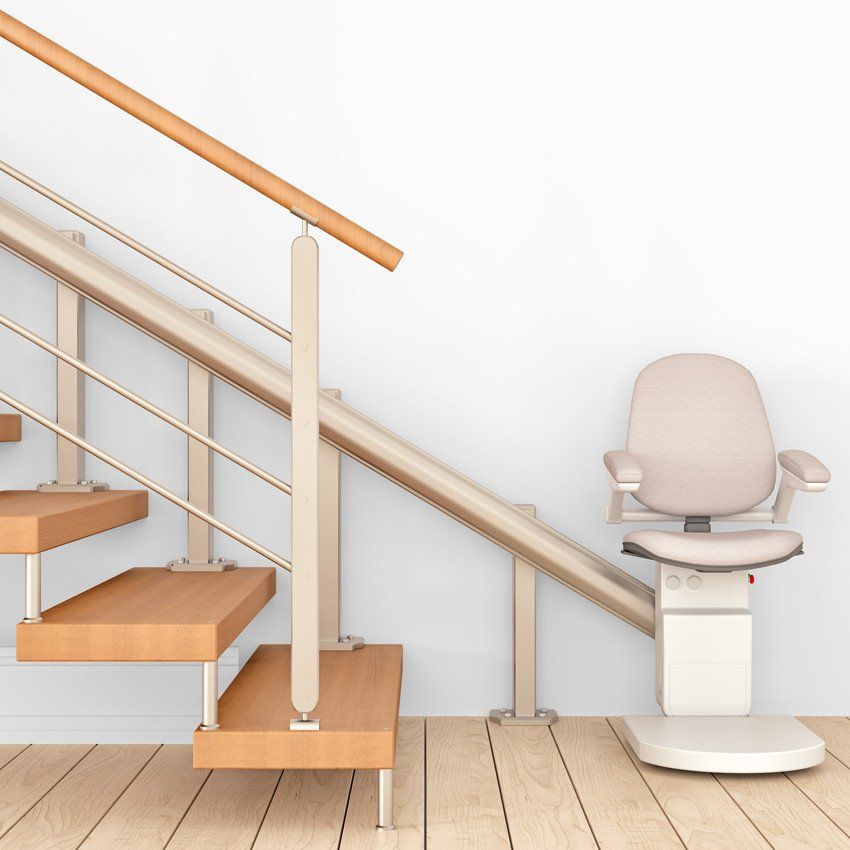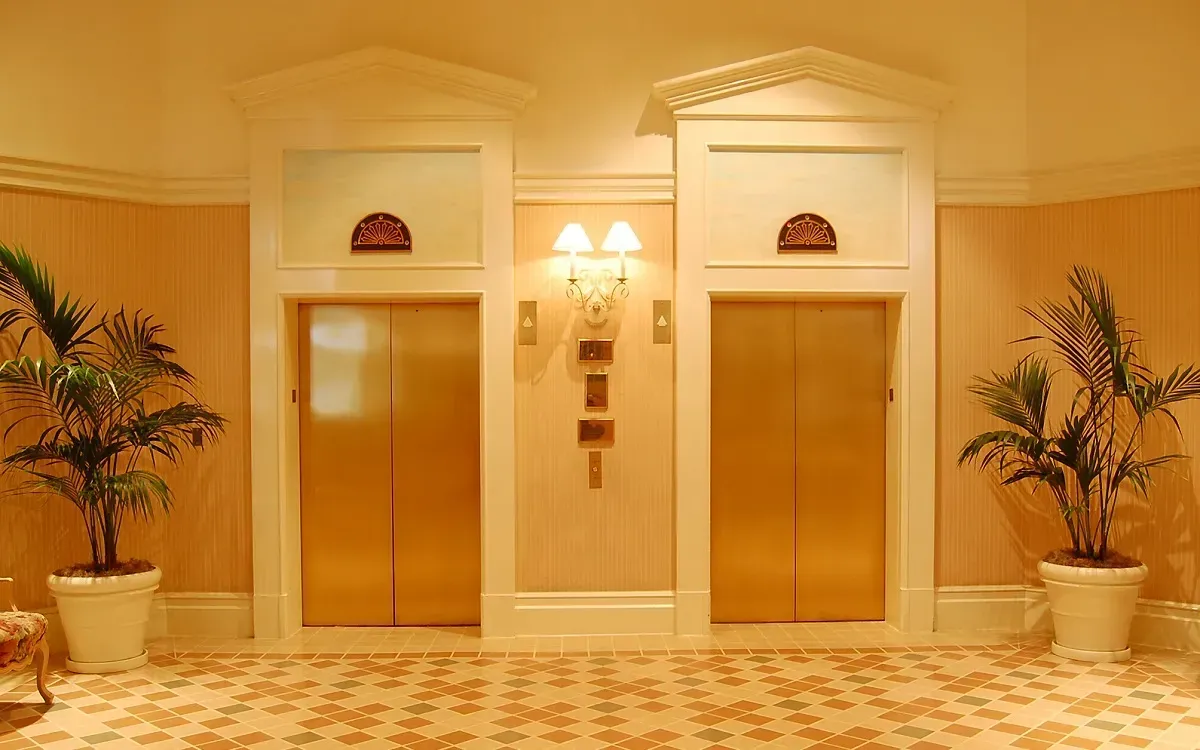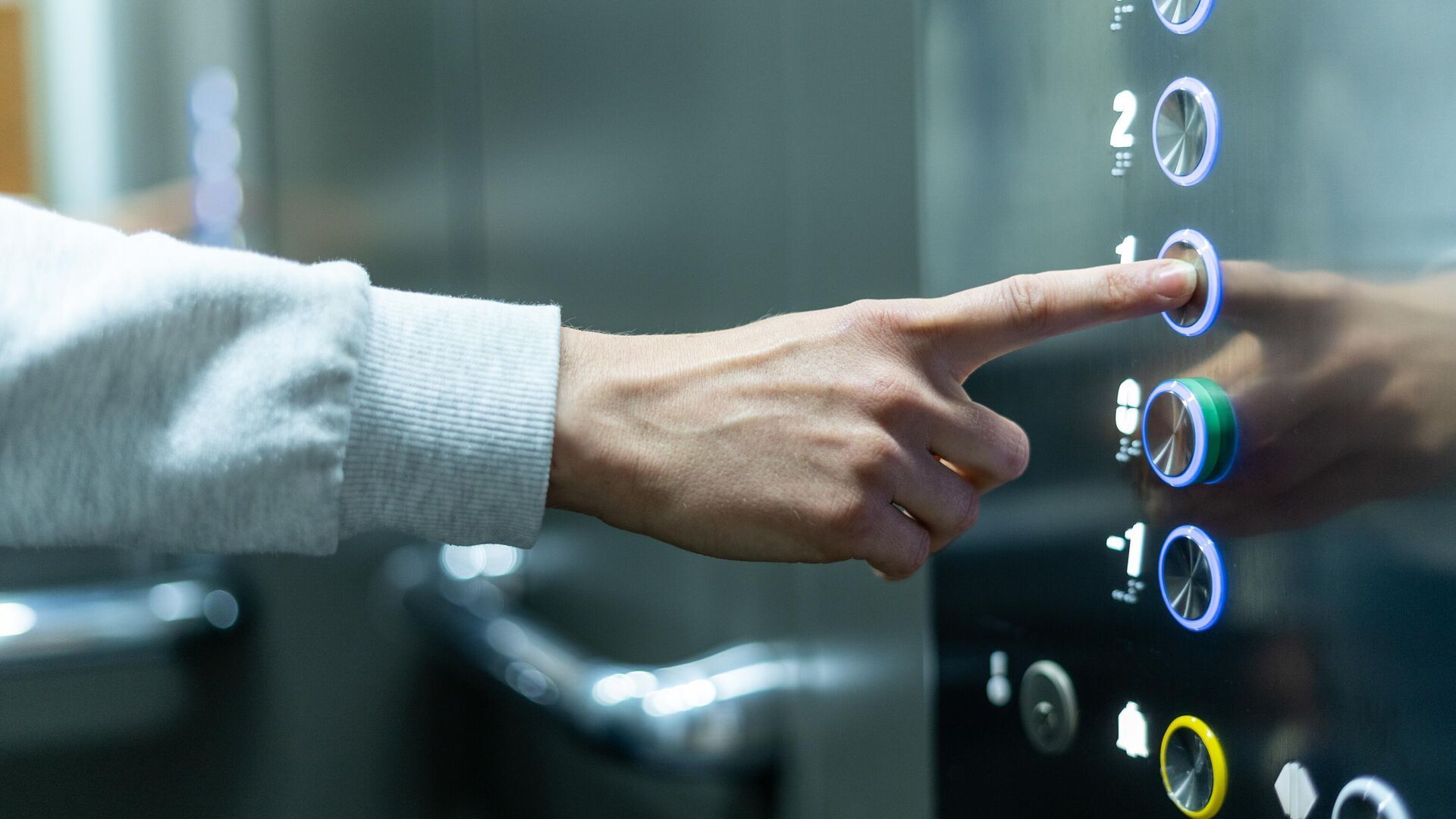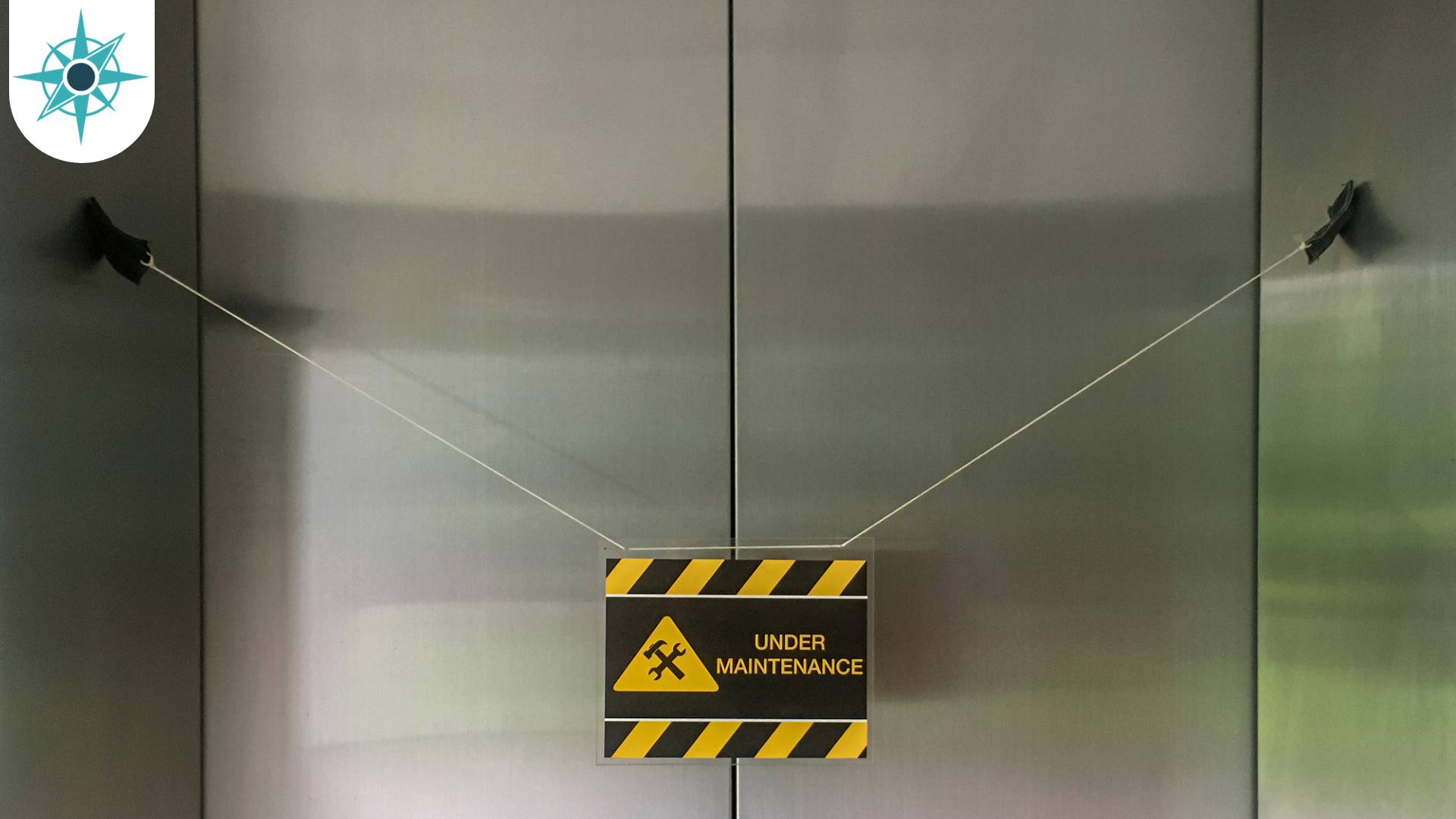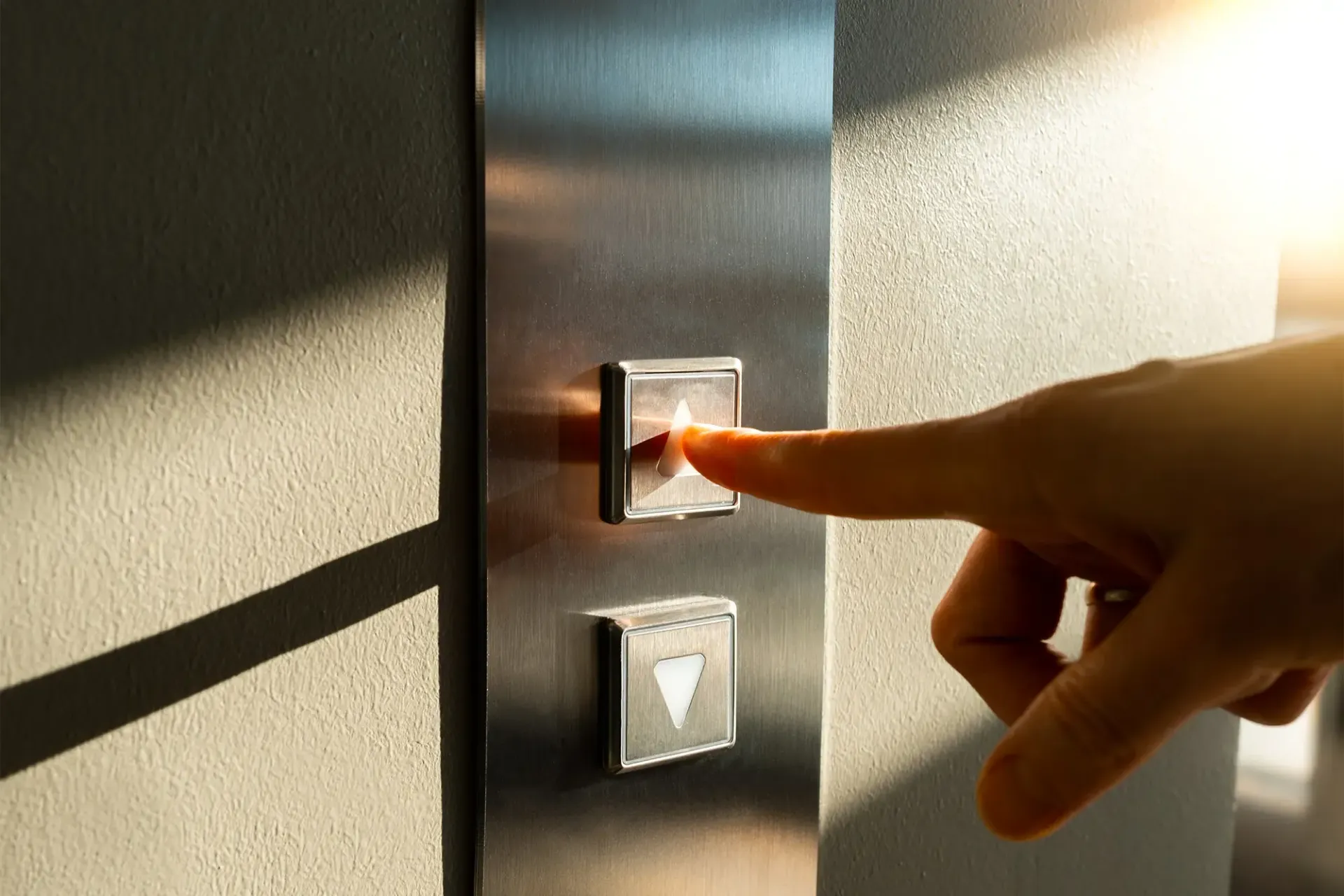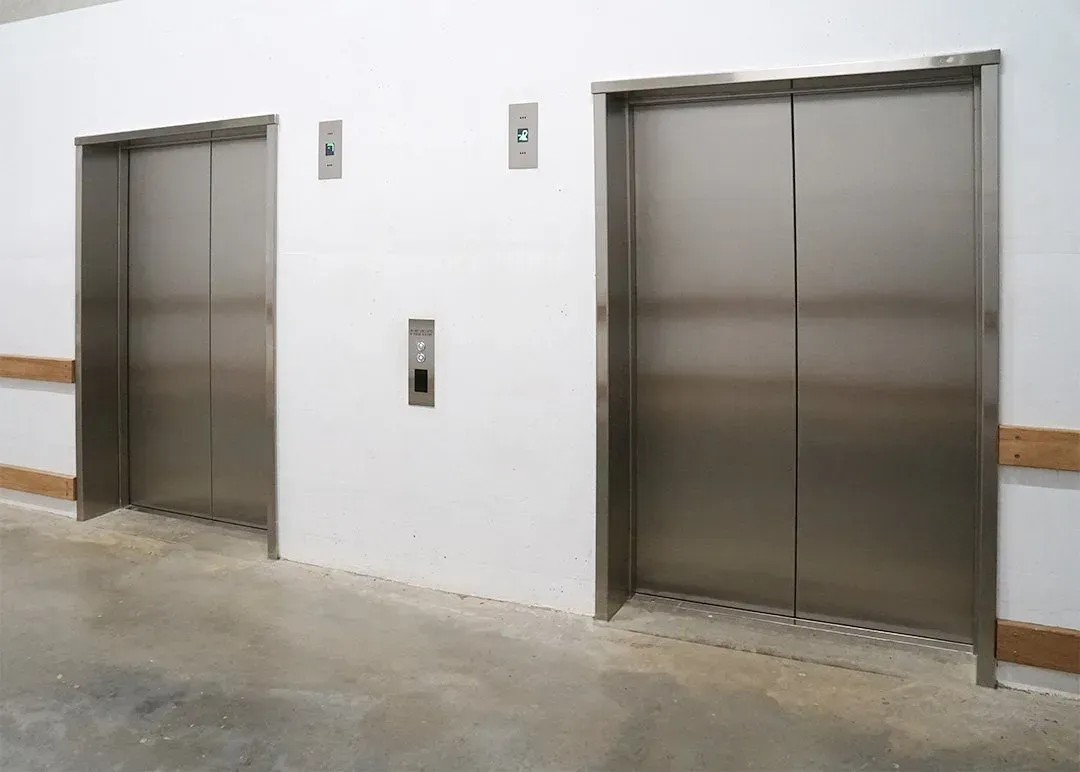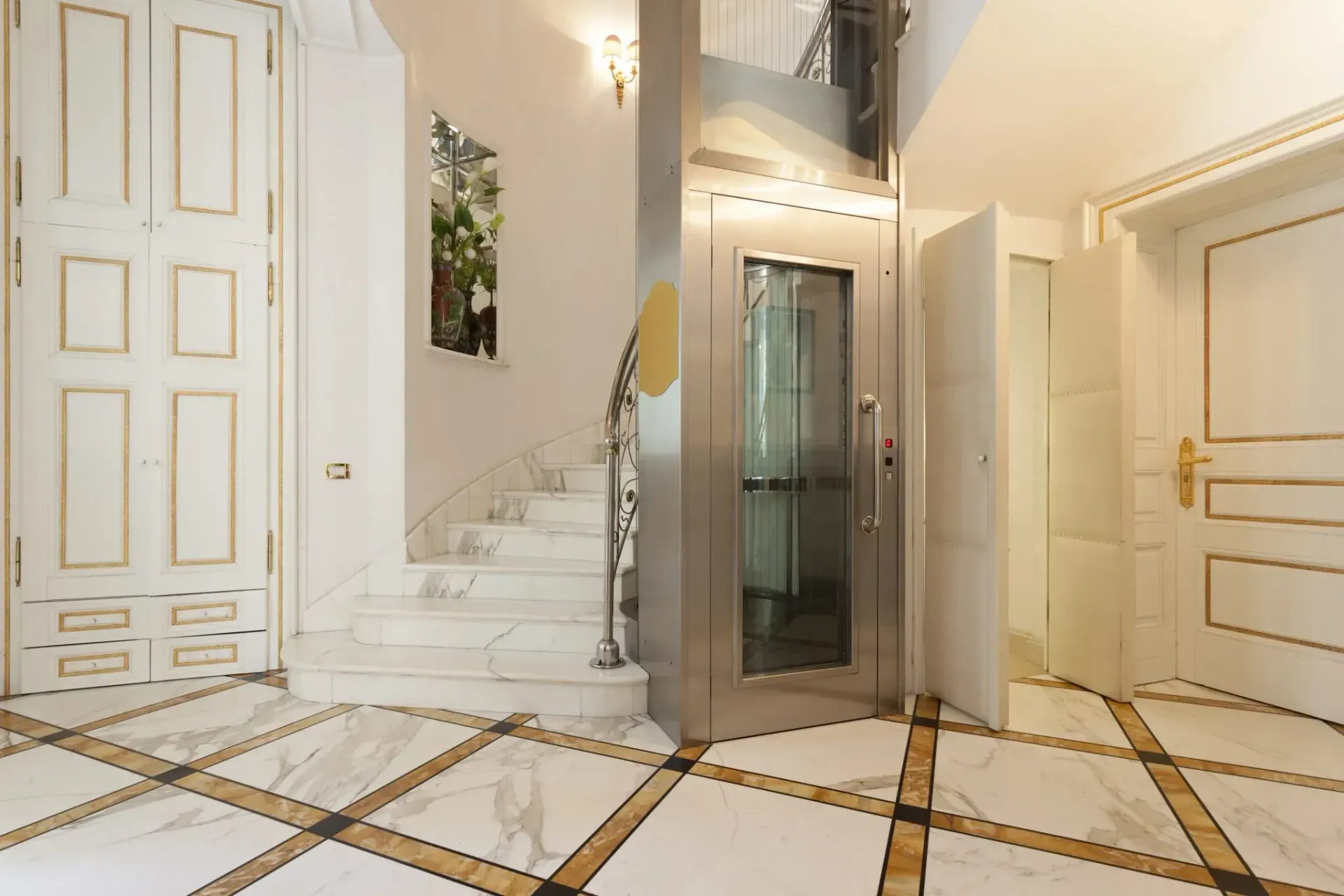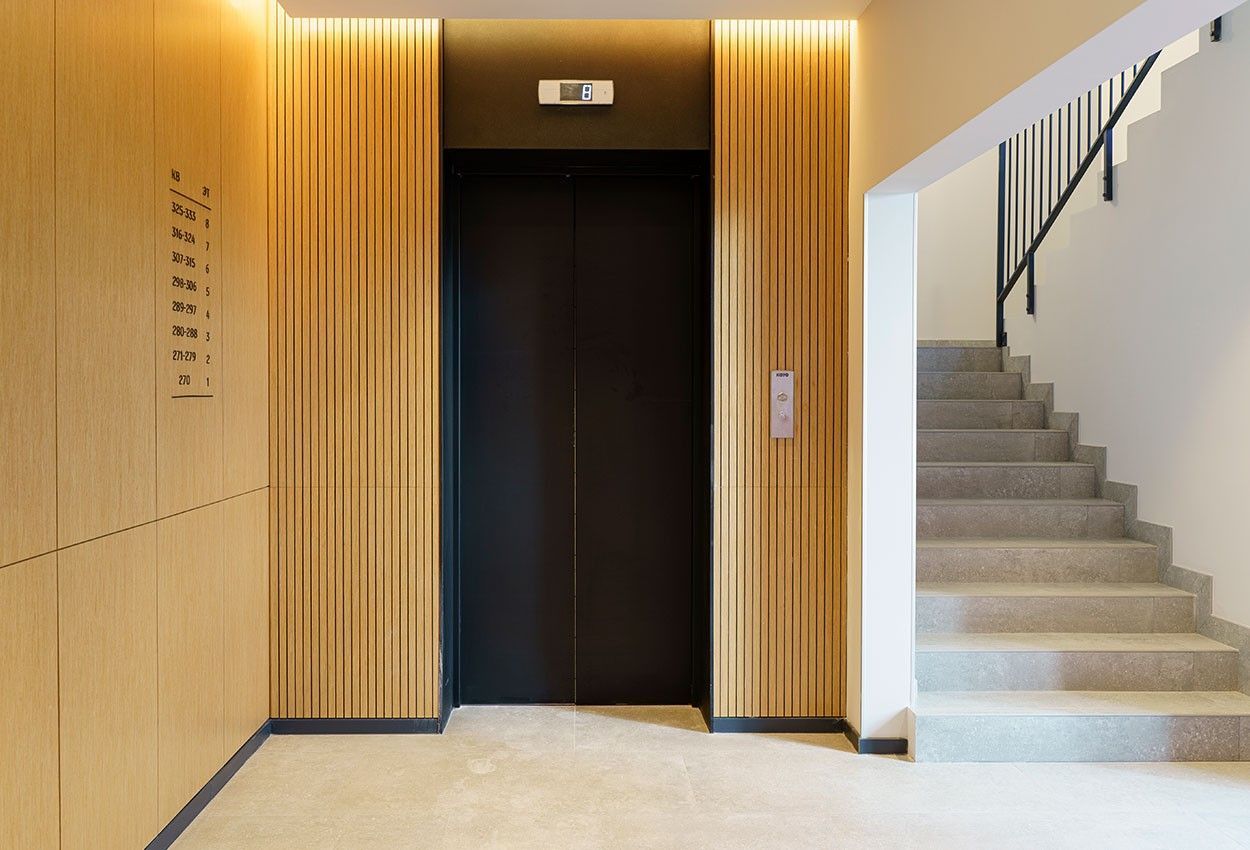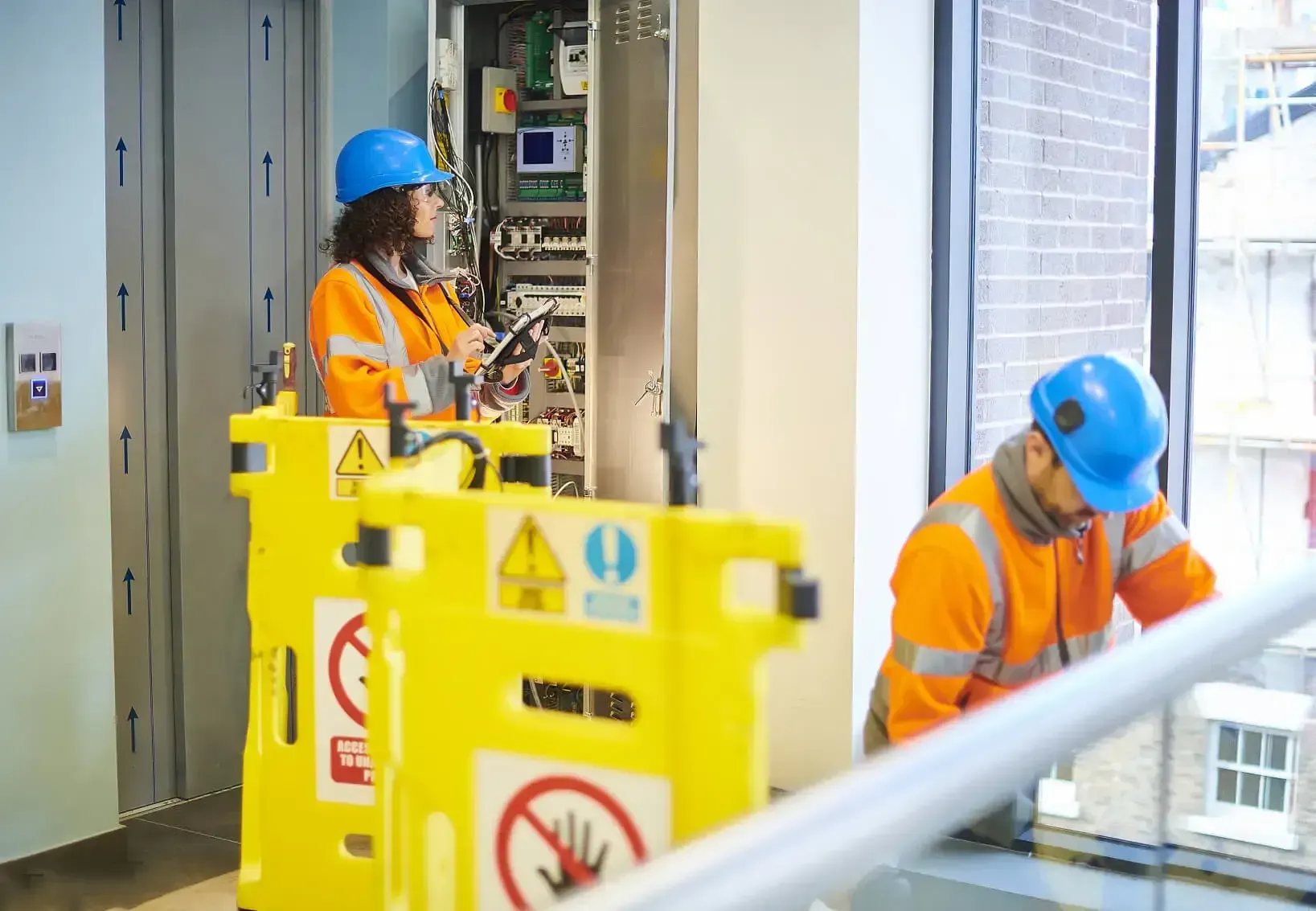An Essential Guide to Improving Accessibility in the Home
Making homes more accessible goes beyond mere convenience; it is about creating spaces that promote equal opportunities and enhance the quality of life for all residents. In this guide, we will explore the countless benefits of making homes more accessible and how it positively impacts individuals with disabilities, elderly people, and families with diverse needs.
The benefits of improving accessibility in the home
For those with disabilities, the elderly and people with mobility problems, moving around the home can be a challenging feat. By making homes more accessible, these people can enjoy a higher quality of life and move around their living spaces with ease and comfort. Here are some important benefits of improving accessibility in the home:
Independence and freedom
One of the most rewarding benefits of an accessible home is the sense of independence and freedom it grants individuals with disabilities. By removing physical barriers and incorporating features such as ramps, widened doorways, and grab bars, individuals can navigate their homes with ease, perform daily activities independently, and reduce reliance on caregivers. This newfound independence promotes a sense of empowerment and fosters a greater sense of self-confidence.
Safety and accident prevention
Creating an accessible home environment significantly reduces the risk of accidents and injuries. Features like non-slip flooring, well-designed staircases with handrails, and well-lit pathways enhance safety for everyone, especially individuals with mobility challenges or visual impairments. By eliminating tripping hazards and incorporating safety measures, accessible homes provide peace of mind to residents and their families.
Enhanced quality of life
An accessible home directly contributes to an improved quality of life. It allows individuals with disabilities to fully participate in family and social activities, creating inclusion and a sense of belonging. Additionally, accessible homes enable ageing in place, allowing elderly citizens to maintain their independence, stay connected with their communities, and enjoy a higher quality of life in the comfort of their own homes.
Better health and well-being
The impact of an accessible home on physical and mental health cannot be overstated. By removing barriers and obstacles, individuals can move freely, engage in physical activities, and maintain their overall well-being. Accessible bathrooms and kitchens make it easier to maintain personal hygiene and prepare nutritious meals, promoting better physical health. What’s more, the sense of independence and improved quality of life associated with accessible homes positively impacts mental health and overall happiness.
Social interaction and inclusion
An accessible home increases social interaction and inclusion by eliminating barriers that may prevent individuals with disabilities from inviting friends and family over. Accessible spaces create an environment where everyone can comfortably gather, creating a sense of community and strengthening relationships. In this way, accessible homes contribute to a more vibrant and connected society.
Cost-effective
Investing in accessibility improvements upfront can lead to saving money in the long run. By creating an accessible home, individuals can avoid costly renovations or the need for assisted living facilities in the future. Additionally, accessible homes tend to have higher resale value, making them a wise investment for homeowners.
Universal design
Incorporating accessibility features in home design benefits everyone, regardless of age or ability. Universal design principles ensure that homes are user-friendly for all individuals, creating a more inclusive and welcoming environment. By implementing universal design concepts, homes become adaptable to changing needs and can accommodate a wide range of abilities, benefiting both current and future residents.
How to make your home more accessible
There are many different ways you can improve accessibility within your home. Here are some areas to focus on:
Entrance and exterior
Creating an accessible entrance starts with installing a ramp or a gradual slope to accommodate individuals with mobility aids. Keep in mind that ensuring a clear pathway, free from obstacles such as loose stones or debris, is essential to prevent tripping hazards. Consider adding handrails on both sides of the ramp or steps to provide stability and support, as this will make it easier for individuals with limited mobility to navigate the entrance.
Doorways and hallways
Widening doorways is crucial to accommodate wheelchairs and walkers, aiming for a minimum width of 32 inches. Consider removing unnecessary furniture or clutter to create clear pathways throughout the home, as this allows for easy movement. Additionally, ensuring the height of doorknobs and handles is accessible for individuals with limited mobility allows them to open doors with ease.
Flooring and surfaces
Choosing non-slip flooring materials, such as low-pile carpets, rubber, or textured tiles, helps prevent slips and falls. It's important to ensure that the flooring is level and free from any height transitions or thresholds that can pose accessibility challenges. Using contrasting colours to define different areas aids individuals with visual impairments in navigating the space more easily.
Kitchen and dining area
Lowering countertops and sinks to a height that accommodates individuals who use wheelchairs or have limited mobility ensures they can comfortably access these areas. Installing pull-out or adjustable shelves and cabinets provides easy access to items, eliminating the need to reach or bend excessively. Additionally, using lever-style handles on faucets and appliances makes it easier for individuals with dexterity issues to operate them.
Bathroom
Consider installing grab bars near the toilet and in the shower area, as this offers stability and support for individuals with mobility challenges. It might also be beneficial to install a roll-in shower or a shower seat to cater to those who cannot stand for long periods. Using non-slip mats or adhesive strips in the bathtub or shower will also help prevent accidents and ensure a safer bathing experience.
Lighting and visibility
Ensuring adequate lighting throughout the home, especially in hallways, staircases, and entrances, is helpful for individuals with visual impairments. Using motion-sensor lights or installing light switches at accessible heights makes it easier for individuals with limited mobility to control the lighting. Remember, increasing natural lighting by removing heavy curtains or blinds and using light-filtering window treatments also enhances visibility.
Stairs and ramps
Installing handrails on both sides of staircases provides stability and support, especially for individuals with mobility challenges. Clearly marking steps with contrasting colours or reflective tape aids individuals with visual impairments in navigating stairs safely. The addition of a stairlift or a platform lift can also be highly beneficial for individuals who have difficulty climbing stairs.
Bedroom and living areas
When it comes to bedrooms and living spaces, there are several ways to improve accessibility:
● Creating a bedroom on the ground floor ensures accessibility for individuals who have difficulty with stairs.
● Using adaptive furniture, such as adjustable beds and chairs, caters to different needs and preferences.
● Clearing pathways and removing tripping hazards, such as loose rugs or cords, enhances safety and ease of movement within the living areas.
Communication and accessibility features
Using clear and visible signage throughout the home, including room labels and directional signs, aids individuals with navigation. Additionally, installing doorbells or intercom systems with visual and auditory alerts benefits individuals with hearing impairments. You could also consider incorporating smart home technology, such as voice-activated controls and automated lighting systems, to provide convenience and accessibility for all residents.
Disabled access lifts from ADL Lift Services
If you’re looking for a wheelchair stair lift in Scotland, here at ADL Lift Services, we always ensure that our customers get the perfect lift for their needs and address whatever specific safety requirements they may have professionally and efficiently. Our wheelchair lifts in Scotland are some of the best in the area and our team of experts work hard to provide quality products at a competitive price.
We specialise in a number of different disabled lifts and services. This ensures that you will get exactly what you need, whether it is for your business or a home lift in Scotland. We are thrilled to offer:
● Inclined platform lifts
● Vertical platform lifts
● Straight and curved stair lifts
● Overhead hoists
● Reconditioned and new lifts
For more advice and information on lift installation and lift serving, please don’t hesitate to
get in touch today.


